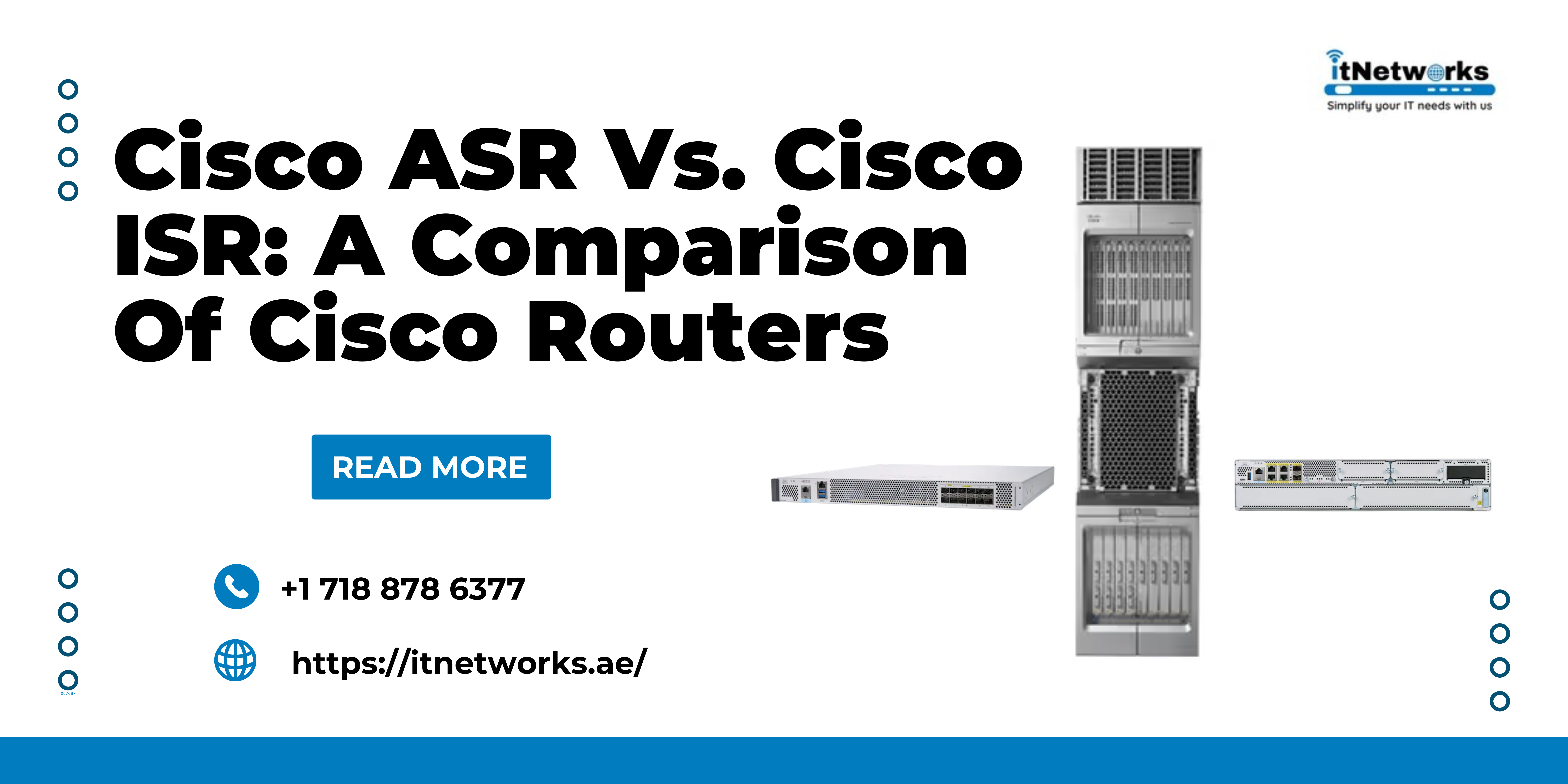Important Things to Know About Switches in a Network!
It is a well-known fact that switches are the main building blocks for all networks. Switches are responsible for connecting multiple devices together in the same network within a campus or building, such as wireless access points, computers, servers, and printers. A switch lets connected devices share information and interact with each other within the same network.
In this blog, we will talk about different types of switches and various other important things you should know about them.
What are managed switches?
Managed switches tend to give you a great deal of security and way too many features and flexibility. Not only this, you have the option of configuring managed switches to custom-fit your network. Thanks to the greater control you have with these switches, you are able to protect your network much better and enhance the overall quality of service for those who access that particular network.
What are unmanaged switches?
An unmanaged switch is particularly designed and created so that users can simply plug them in and they work without requiring any kind of configuration. These kinds of switches are typically used for basic connectivity. You can find unmanaged network switches being used in home networks or wherever more ports than usual are required, such as in a conference room, lab, or desk.
Understanding network hubs and switches
A network hub may be defined as a central connection point for all the devices connected in a local area network or LAN. However, there is a certain limit to the amount of bandwidth that the users can share on a hub-based network. This means the more devices added to the network hub, the longer it tends to take the data to reach its destination. When it comes to a cisco switch or any other switch, it avoids these issues along with other limitations that are associated with network hubs.
Talking about large networks, they are likely to include various switches that connect different groups of computers together in the same network. Typically, these switches are connected to a router, allowing all the connected devices in the network to access the internet.
How do you set up a network switch with a router?
If you need to increase the number of ports that can plug into your router, your best option is to set up a network switch and connect it with your router. You can do so by connecting your network switch to the router through one of the ports on the router and getting an extended number of devices that can be connected to the network such as printers, laptops, desktop computers, and so on and so forth.
In order to get started with one of the most reliable networking devices and switches, you should look for a supplier that deals with Cisco switch because it is considered to be one of the best. By dealing with the right supplier, you are bound to get a reliable and affordable network that would meet your requirements and expectations.
Give us a call at +97142409998 or send a message on WhatsApp (+971555038013) to get more details.





